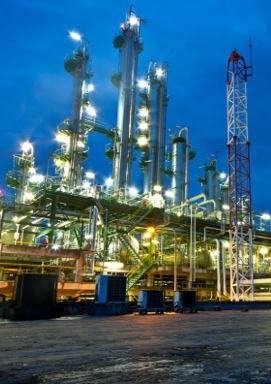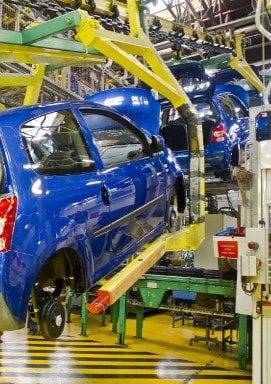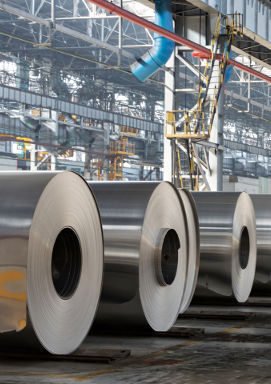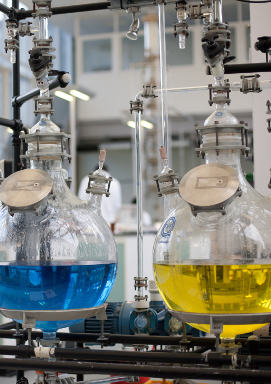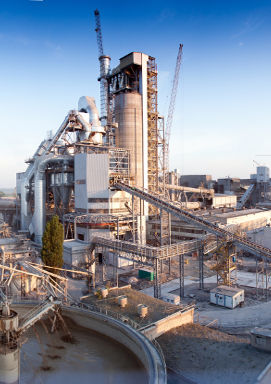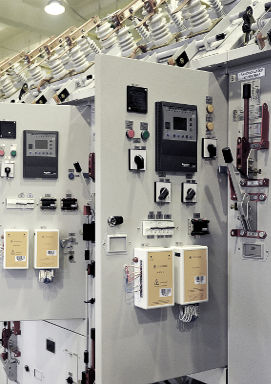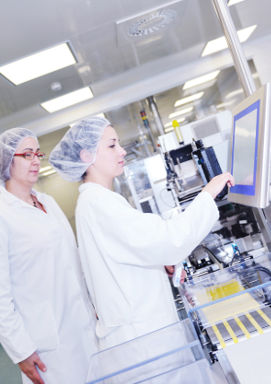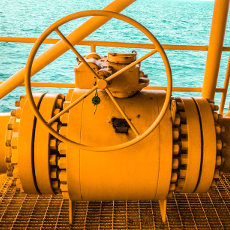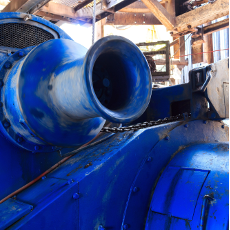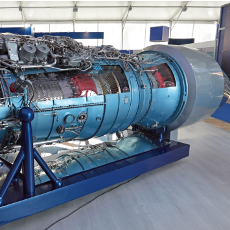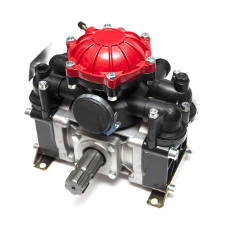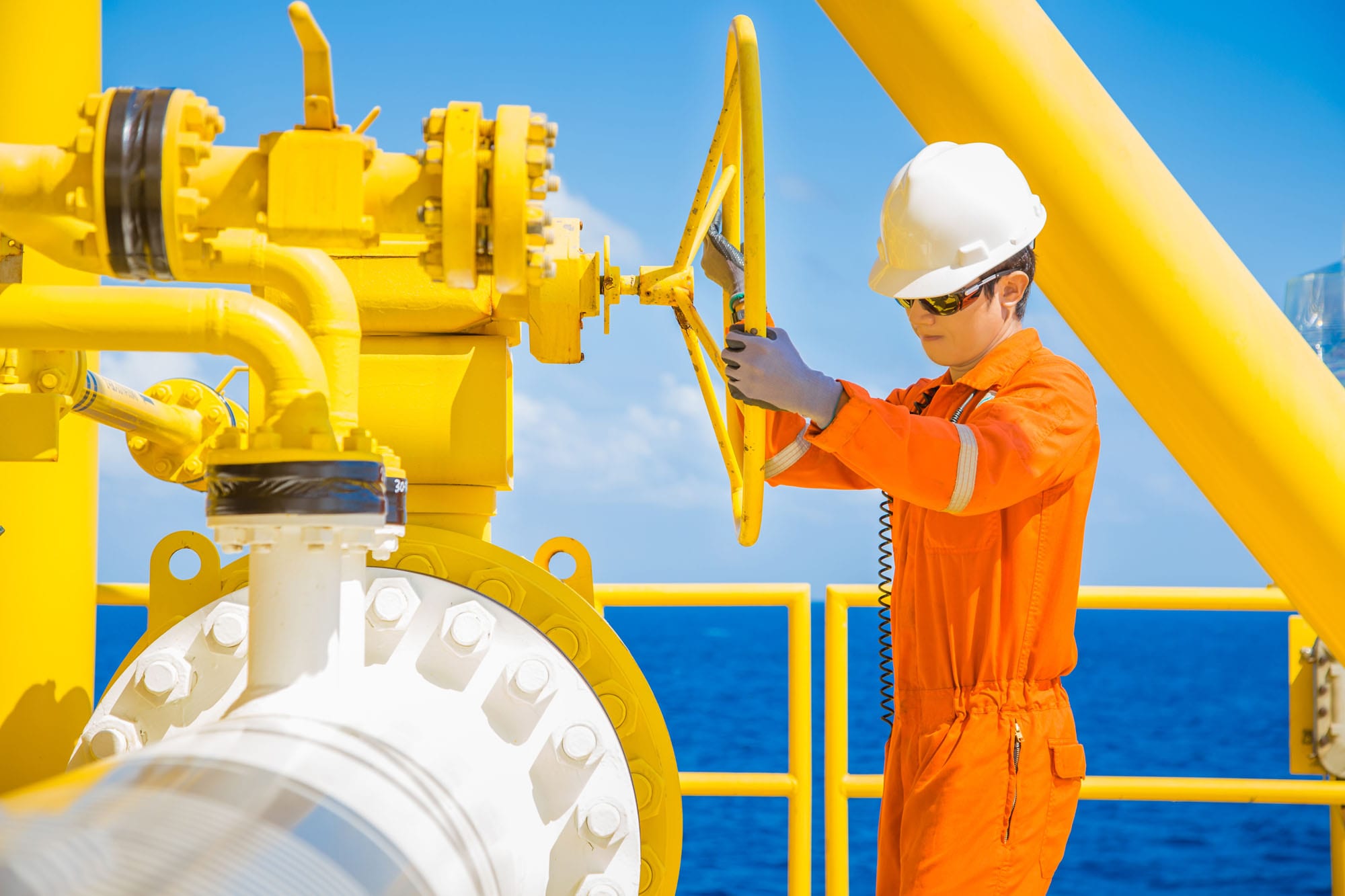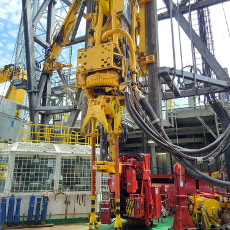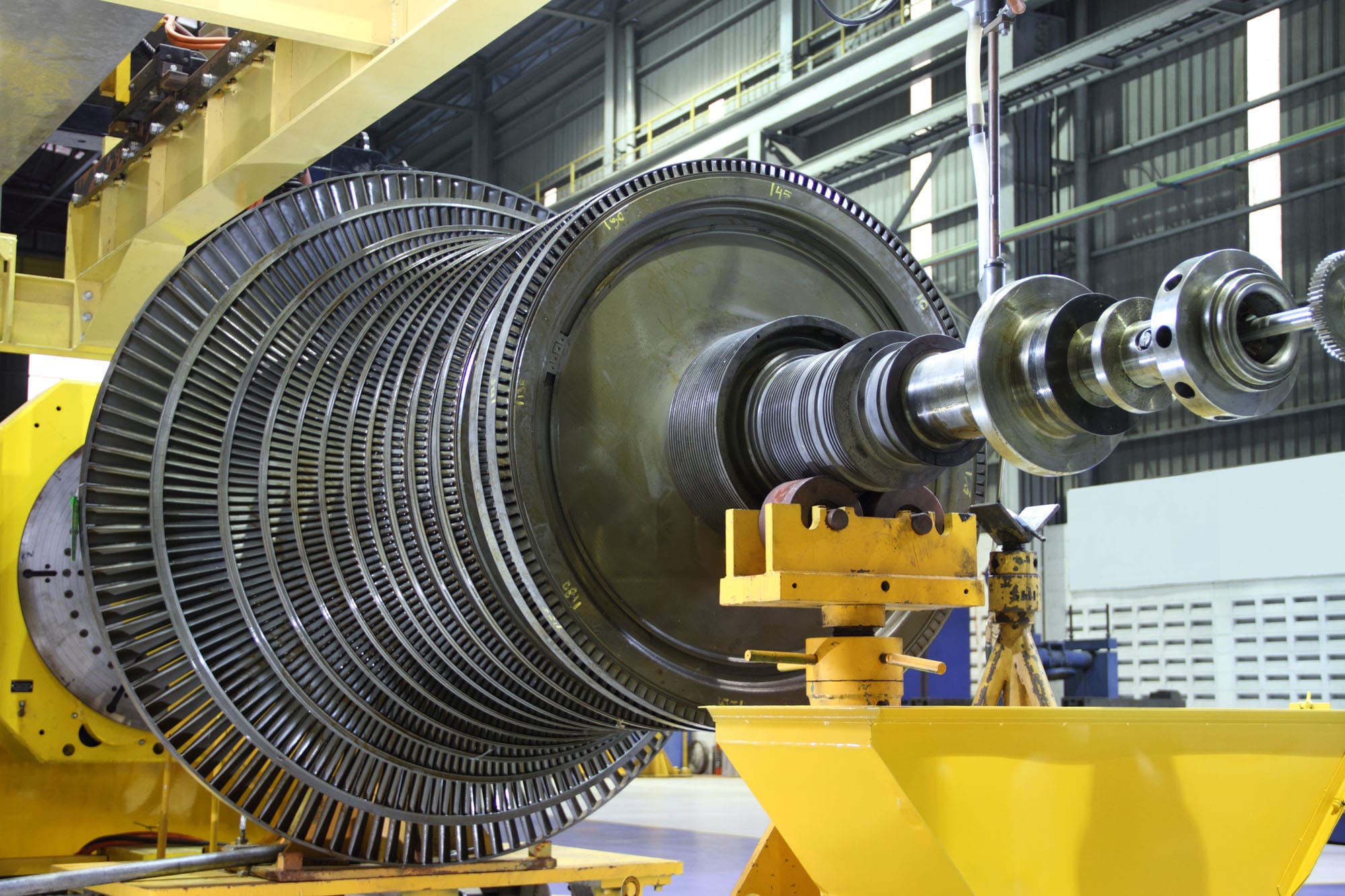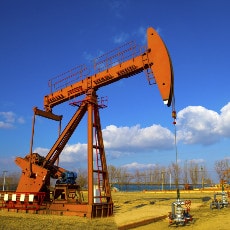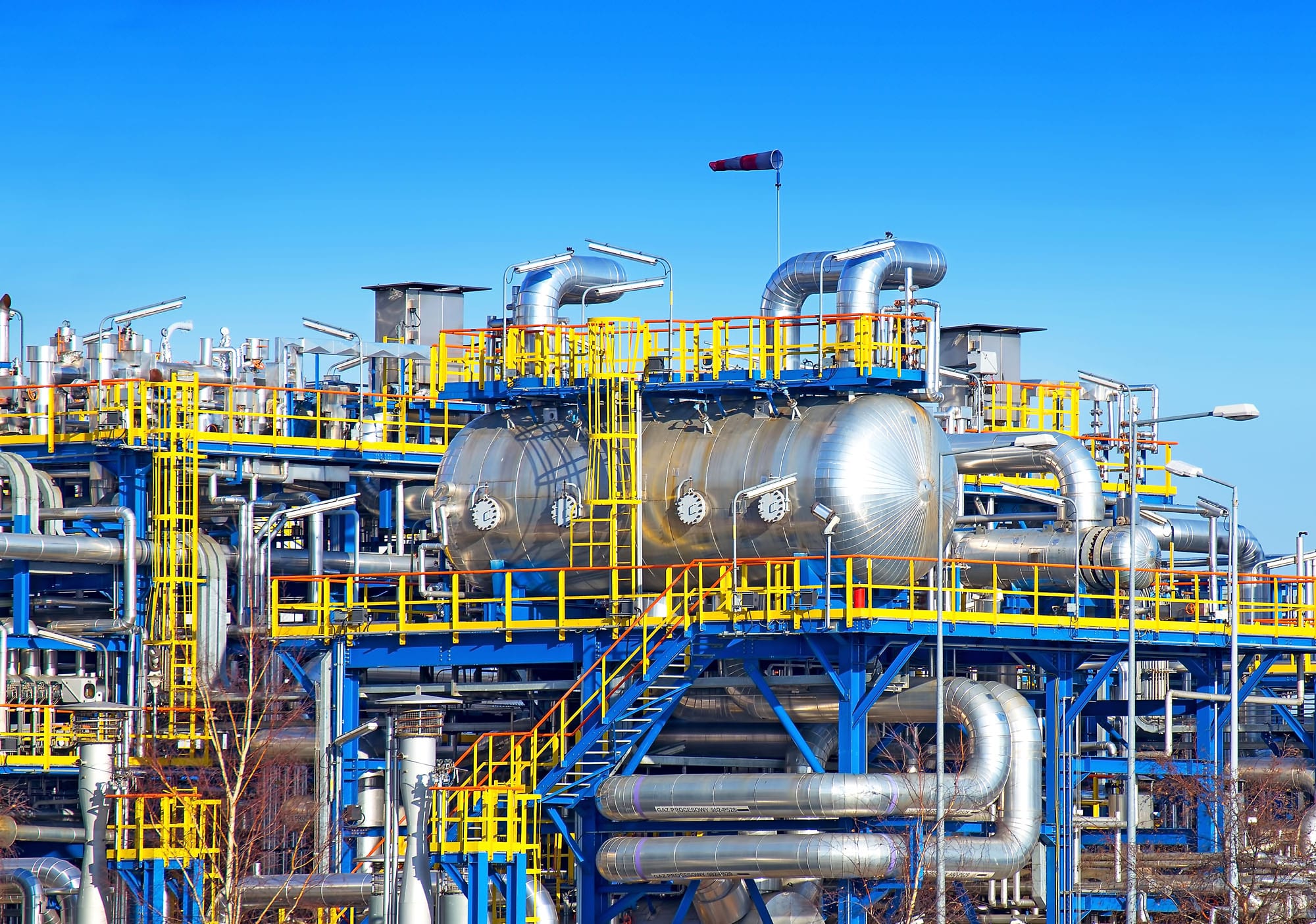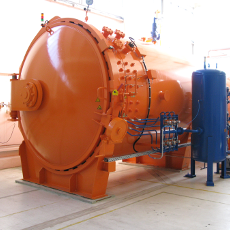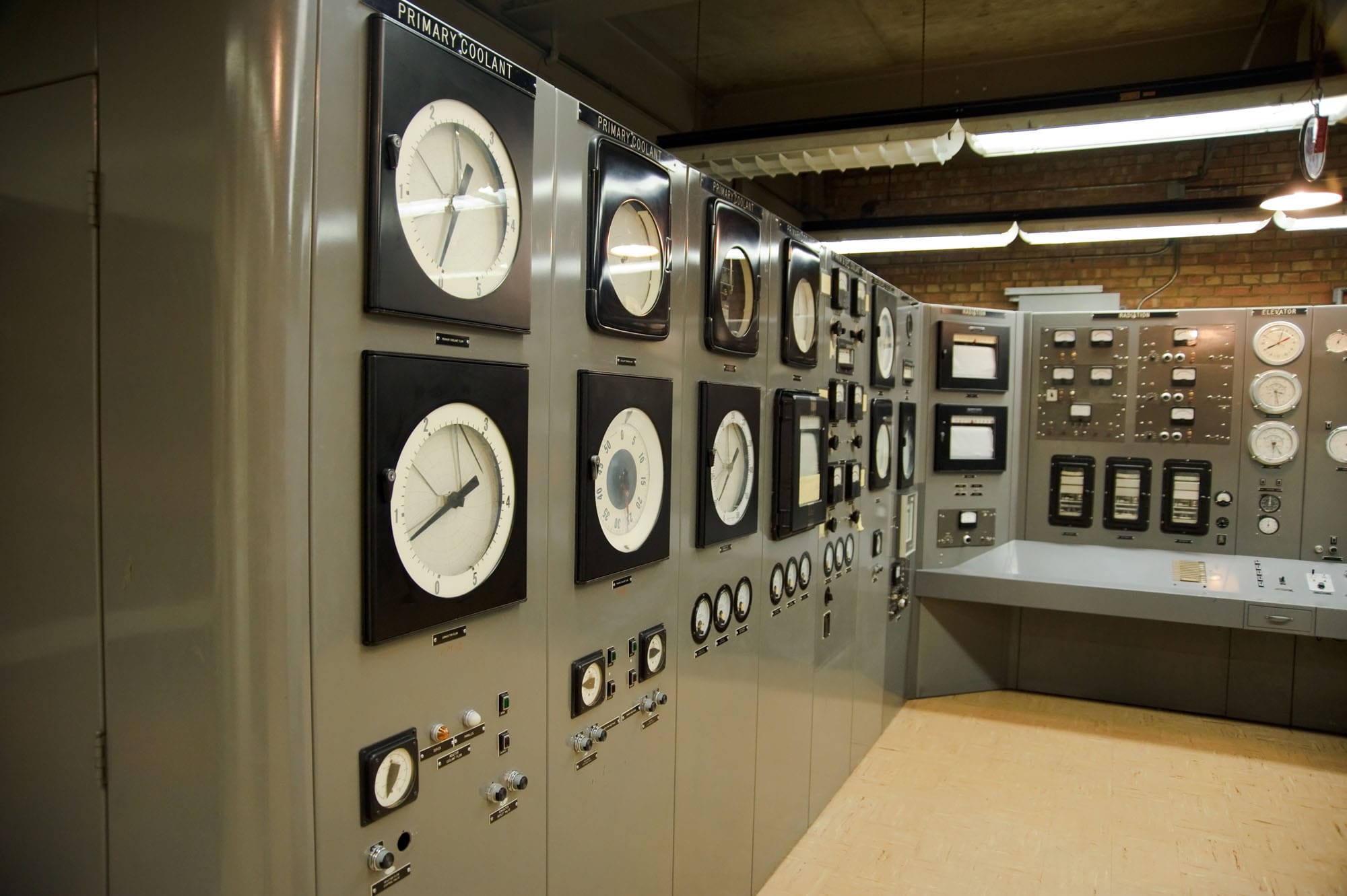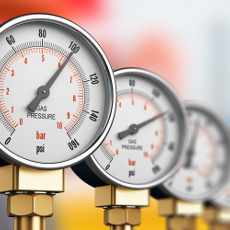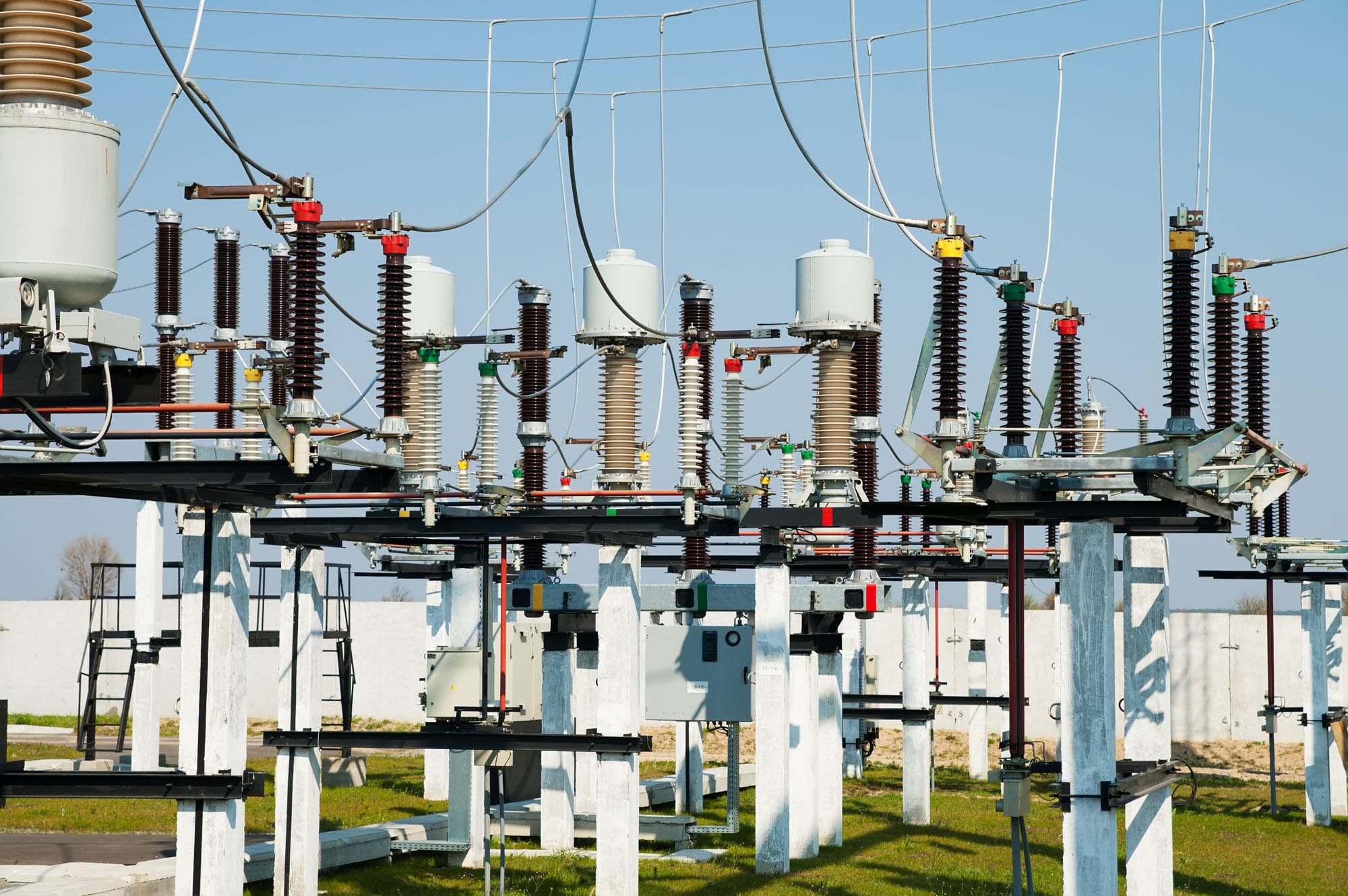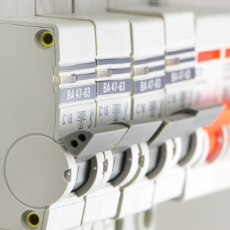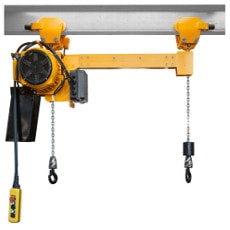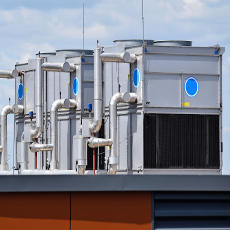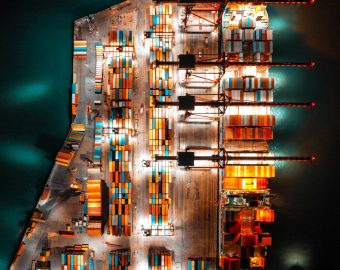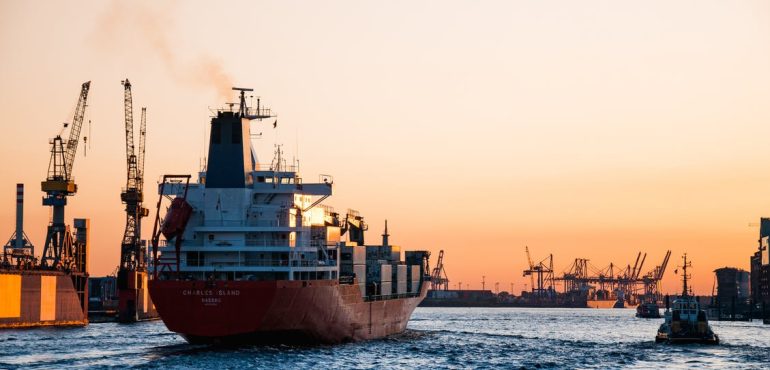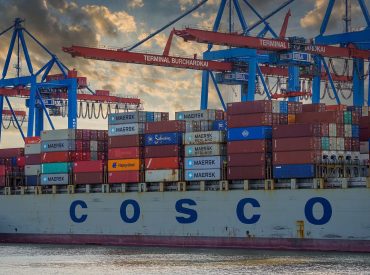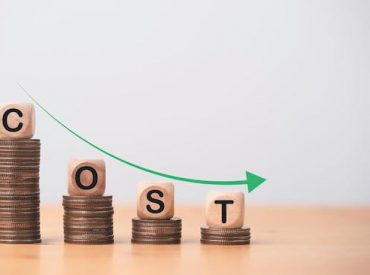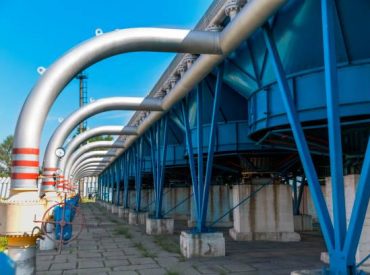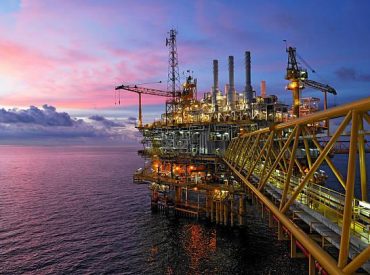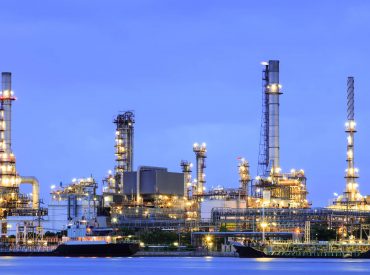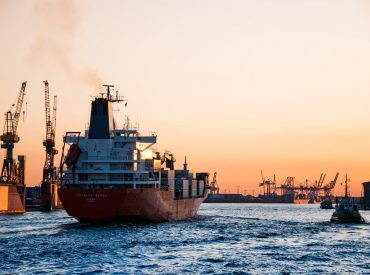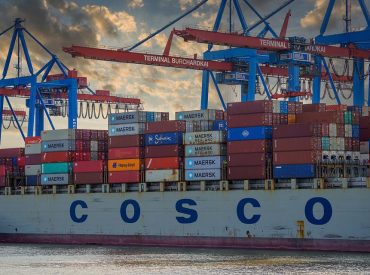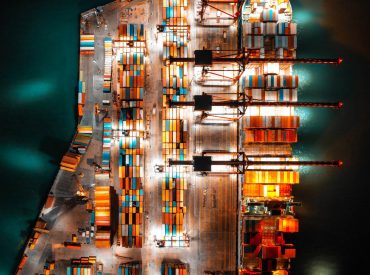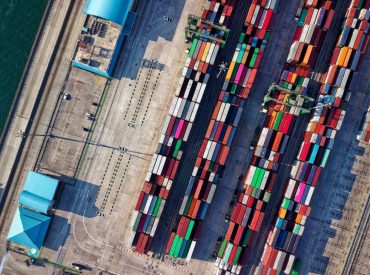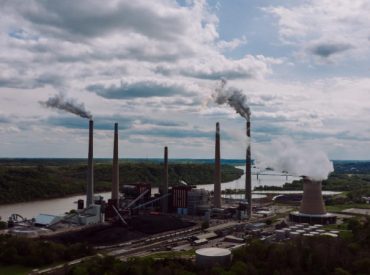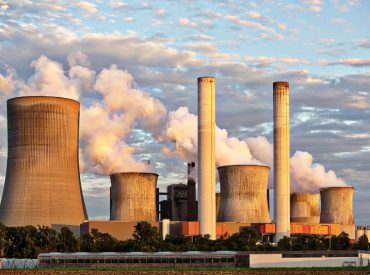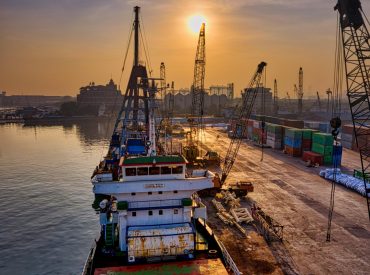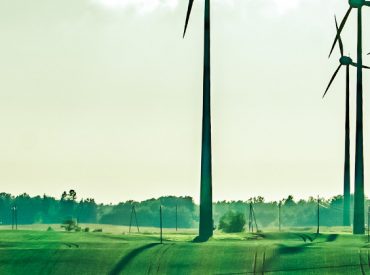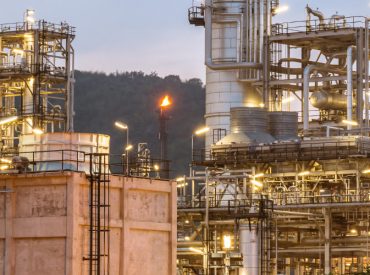We take immense pride in unveiling our latest masterpiece – our digital brochure. Packed with insights, expertise, and solutions that can transform your business, it’s a must-have resource for industry leaders and enthusiasts alike. Ready to explore a world of possibilities? Don’t miss out. Download our brochure today and embark on a journey of excellence with Refteck.
Benefits of Procuring Distributed Energy Resources
Distributed energy resources (DERs) are the players who are now making waves in the electrical energy market. These distributed renewable energy resources emerge as potential protagonists in the energy landscape's paradigm shift.
But what exactly are they, what are their challenges, and what advantages do they provide? Today, we'll explain why you should include them in your procurement strategy.
Given the current energy crisis, carbon emissions, and global warming... green energy provided by DERs is gaining traction in smart grid design. Depending on the kind, they may generate, store, and even regulate energy usage. All of this while reducing environmental effect, lowering technological costs, and improving adaptability to changing government laws.
In this sense, a variety of causes are driving the expansion of DERs:
Among the types of distributed energy resources, we find solar panels, wind turbines or electric vehicles (EVs), as well as natural gas generators, biodigesters, small hydro and battery storage. Demand response solutions, solar photovoltaic (PV) assembly, and batteries are all examples of distributed energy systems.
Because of their low environmental effect and long-term viability, DERs may be in highly inhabited areas. As previously stated, domestic energy storage devices may be found in residential cores. A community area's DERs together may generate enough electricity to operate city lights, hospitals, and police stations.
According to Peter Bryant, managing partner of Chicago-based Clareo (via POWER), “The current regulatory environment for regulated utilities doesn’t support the new business model. The financial reward model is not conducive to regulated utilities pushing distributed energy."
However, methods of bridging the gap between the two worlds are being developed. Distributed energy resources companies such as EnergySage told POWER that "there is a lot of utility interest in working with companies like ours to effectively meet customer needs." Because customers desire greater freedom of choice and utilities are aware that they may generate more income by providing more transparent information... "Utilities are suggesting, 'Why don't you buy those products and services from us?'"
Five other advantages are:
But what exactly are they, what are their challenges, and what advantages do they provide? Today, we'll explain why you should include them in your procurement strategy.
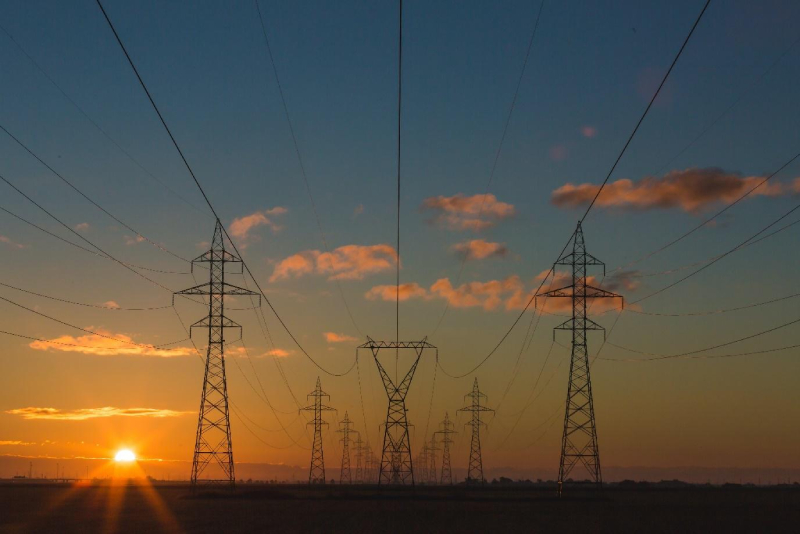
DERs, the growing green answer?
As the podcast The Energy Gang puts it... we invented Uber for taxis, so are DERs the answer for utilities? According to Sam Uyeno, senior manager in West Monroe Partners' energy and utilities practise, utilities will need to consider how to leverage new customers within their network. Similarly, to how Uber entered the taxi market and allowed anyone to become a driver.Given the current energy crisis, carbon emissions, and global warming... green energy provided by DERs is gaining traction in smart grid design. Depending on the kind, they may generate, store, and even regulate energy usage. All of this while reducing environmental effect, lowering technological costs, and improving adaptability to changing government laws.
“Distributed energy generation is expected
to provide over 65,000 MW by 2024”
In this sense, a variety of causes are driving the expansion of DERs:
- Low cost of technology. Solar panels, for example, are becoming more common and less expensive to produce.
- Businesses are becoming more conscious of their environmental effect and are seeking greener solutions.
- Government policies require businesses to minimise their emissions.
“Low technological costs, minimal environmental impact,
and government legislation
are among the primary drivers of DER growth”
Among the types of distributed energy resources, we find solar panels, wind turbines or electric vehicles (EVs), as well as natural gas generators, biodigesters, small hydro and battery storage. Demand response solutions, solar photovoltaic (PV) assembly, and batteries are all examples of distributed energy systems.
Because of their low environmental effect and long-term viability, DERs may be in highly inhabited areas. As previously stated, domestic energy storage devices may be found in residential cores. A community area's DERs together may generate enough electricity to operate city lights, hospitals, and police stations.
Challenges and strategies, finding harmony
The adoption of this form of infrastructure, of course, creates a slew of concerns. Some of the problems that DERs bring for utilities vary from revenue decreases to concerns about dependability and resiliency in the transition away from baseload power sources.According to Peter Bryant, managing partner of Chicago-based Clareo (via POWER), “The current regulatory environment for regulated utilities doesn’t support the new business model. The financial reward model is not conducive to regulated utilities pushing distributed energy."
"There is a lot of utility interest in
working with companies like ours"
However, methods of bridging the gap between the two worlds are being developed. Distributed energy resources companies such as EnergySage told POWER that "there is a lot of utility interest in working with companies like ours to effectively meet customer needs." Because customers desire greater freedom of choice and utilities are aware that they may generate more income by providing more transparent information... "Utilities are suggesting, 'Why don't you buy those products and services from us?'"
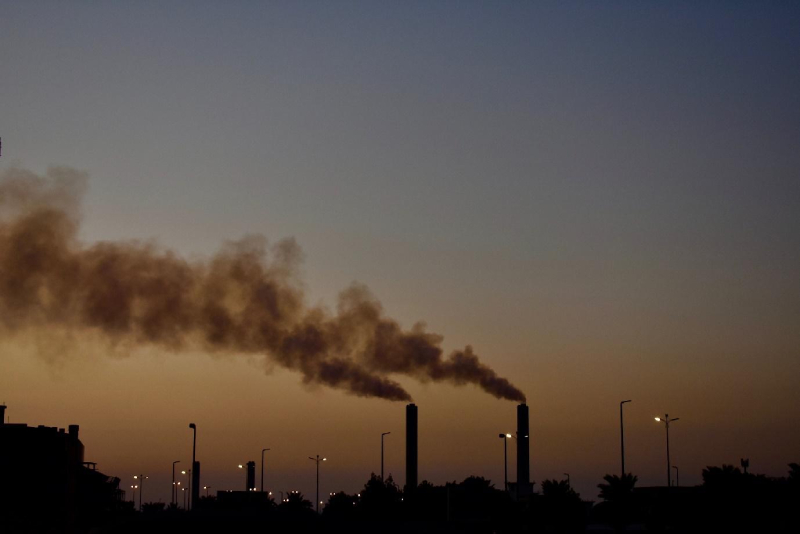
Benefits, the paradigm shift
When it comes to DERs, there are several advantages. From cost savings for customers to carbon reductions by committing to clean energy... to avoiding massive infrastructure projects.Five other advantages are:
- Energy at a lower cost
- System capability
- Reserves for operations
- Capacity for distribution
- Complementary services






